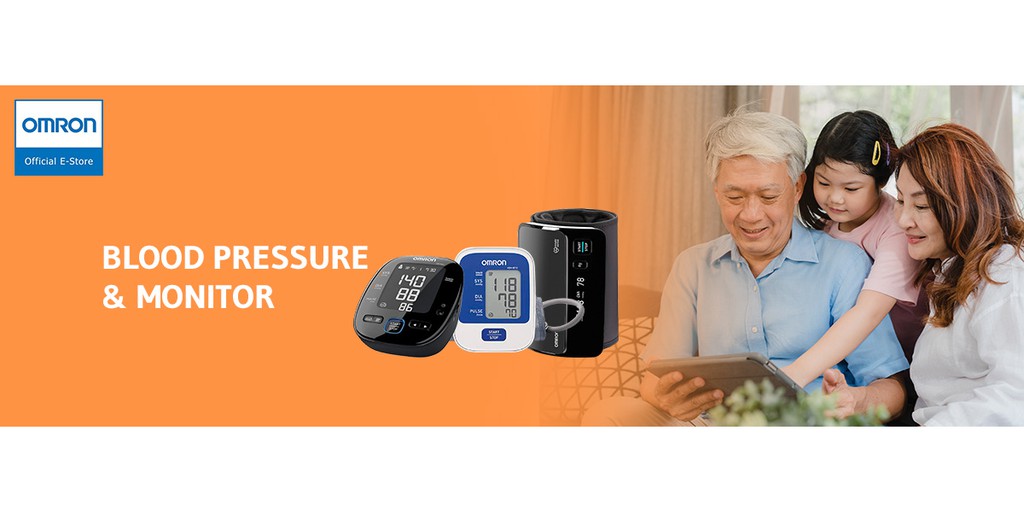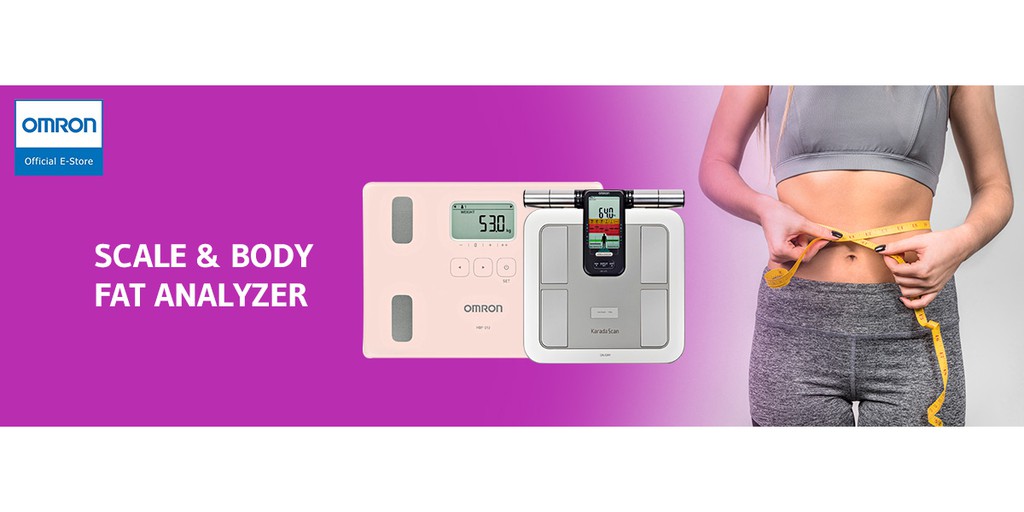Pulmonary Function medical test
Learn about Pulmonary Function medical tests, including what the tests are used for, why a doctor may order a test, how a test will feel, and what the results may mean.
What is Pulmonary Function test?
Pulmonary function tests (PFTs) are a group of tests that measure how well your lungs work. This includes how well you’re able to breathe and how effective your lungs are able to bring oxygen to the rest of your body.
What the Pulmonary Function test used for?
Lung function tests are often used to:
- Find the cause of breathing problems
- Diagnose and monitor chronic lung diseases, including asthma, chronic obstructive pulmonary disease (COPD), and emphysema
- See if lung disease treatments are working
- Check lung function before surgery
- Check whether exposure to chemicals or other substances in the home or workplace have caused lung damage
How is the procedure performed?
Spirometry
Spirometry measures the amount of air you breathe in and out. For this test, you’ll sit in front of a machine and be fitted with a mouthpiece. It’s important that the mouthpiece fits snugly so that all the air you breathe goes into the machine. You’ll also wear a nose clip to keep you from breathing air out through your nose. The respiratory technologist will explain how to breathe for the test. You may then breathe normally. Your doctor will ask you to breathe in and out as deeply or as quickly as you can for several seconds. They may also ask you to breathe in a medication that opens your airways. You’ll then breathe into the machine again to see if the medication affected your lung function.
Plethysmography test
A plethysmography test measures the volume of gas in your lungs, known as lung volume. For this test, you’ll sit or stand in a small booth and breathe into a mouthpiece. Your doctor can learn about your lung volume by measuring the pressure in the booth.
Diffusion capacity test
This test evaluates how well the small air sacks inside the lungs, called alveoli, work. For this part of a pulmonary function test, you will be asked to breathe in certain gases such as oxygen, helium, or carbon dioxide. You may also breathe in a “tracer gas” for one breath. The machine can detect when you breathe out this gas. This tests how well your lungs are able to transfer oxygen and carbon dioxide to and from your bloodstream.
What will be the results interprets?
- Normal values are based on your age, height, ethnicity, and sex. Normal results are expressed as a percentage. A value is usually considered abnormal if it is approximately less than 80% of your predicted value. Normal value ranges may vary slightly among different laboratories, based on slightly different ways to determine normal values. Talk to your provider about the meaning of your specific test results.
- Abnormal results usually mean that you may have chest or lung disease. Some lung diseases (such as emphysema, asthma, chronic bronchitis, and infections) can make the lungs contain too much air and take longer to empty. These lung diseases are called obstructive lung disorders.


